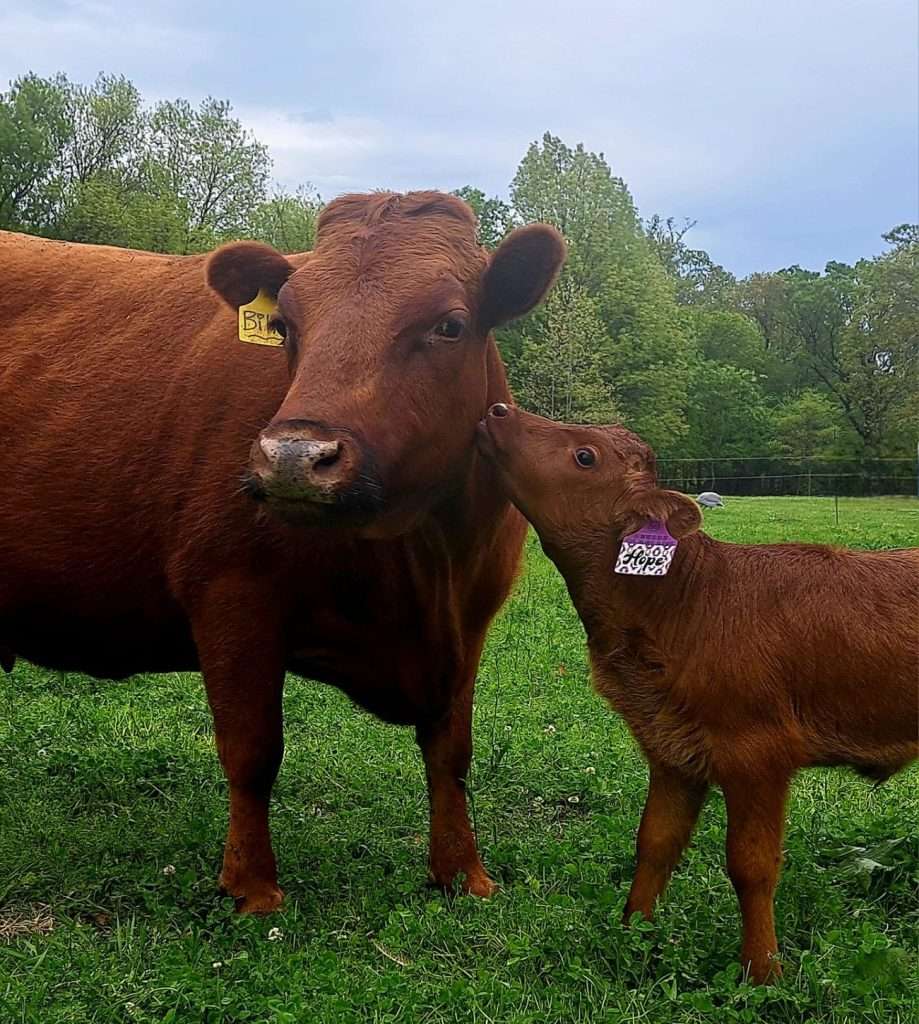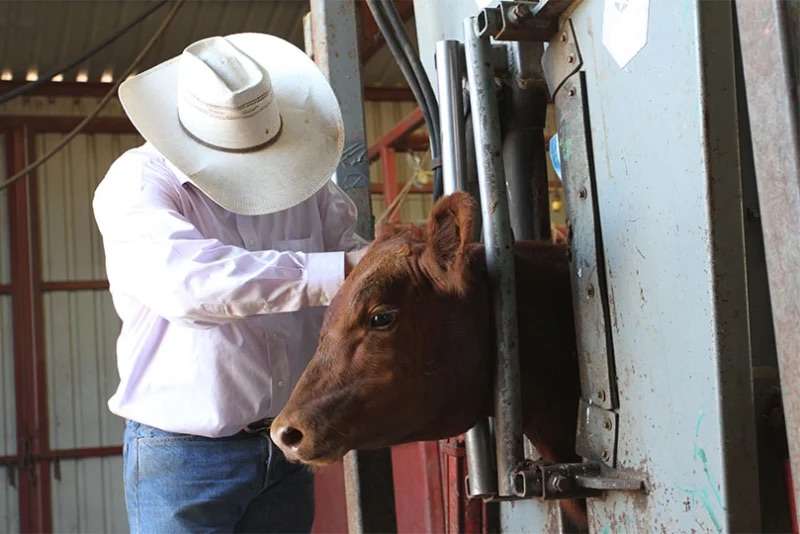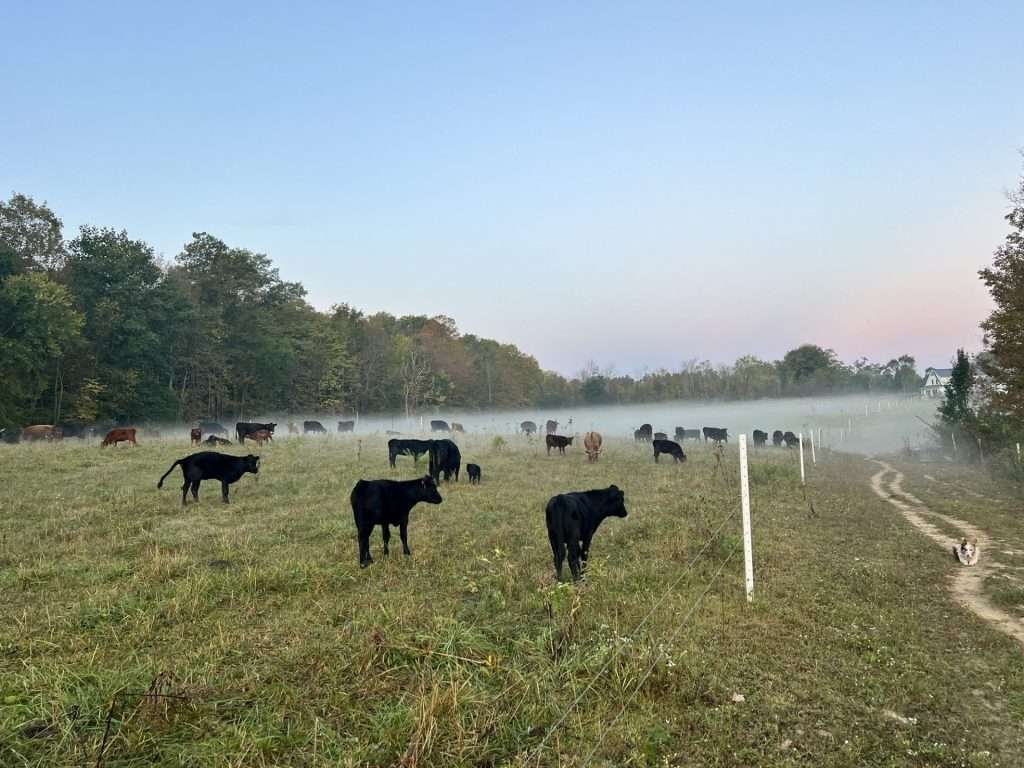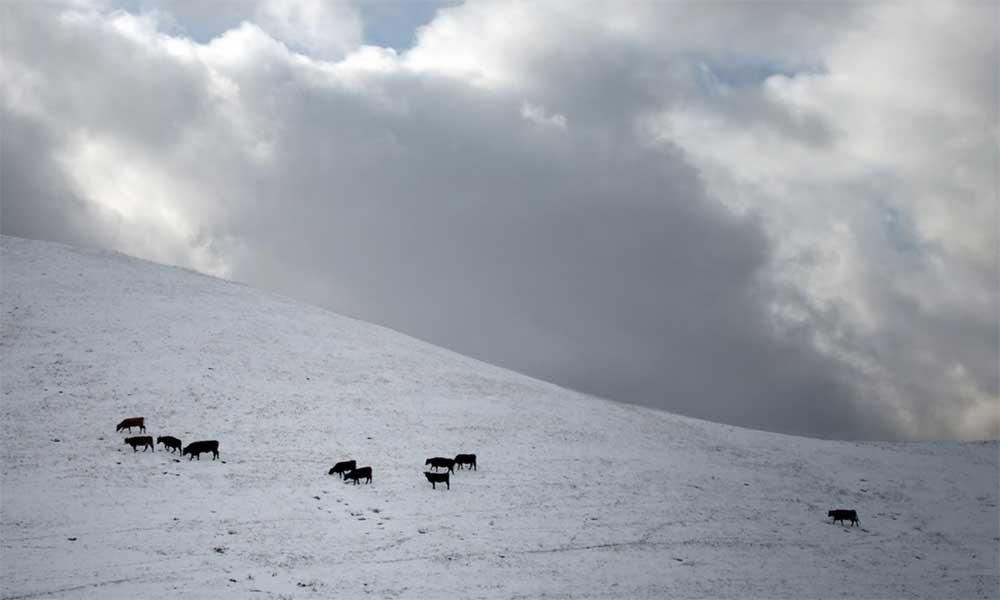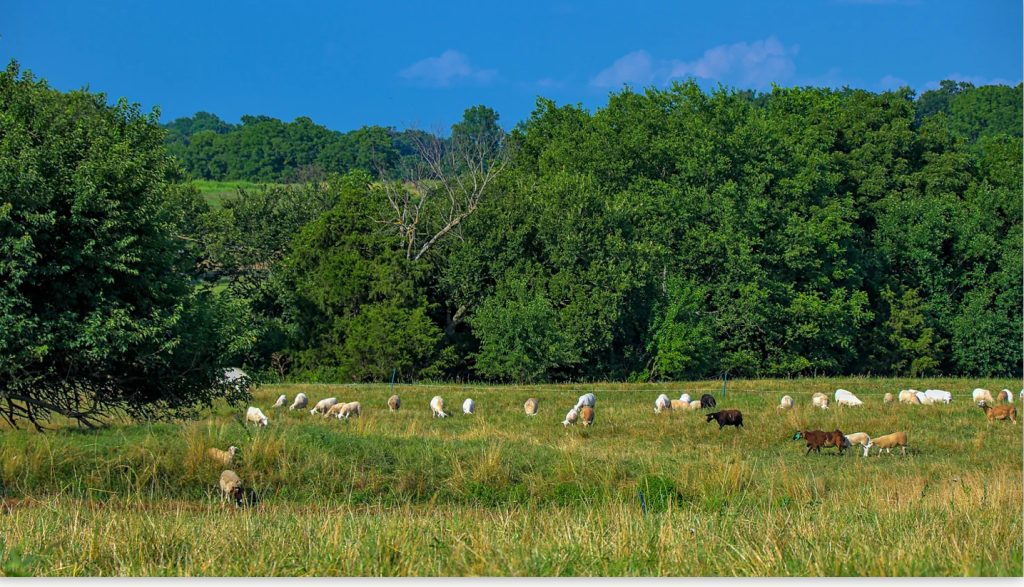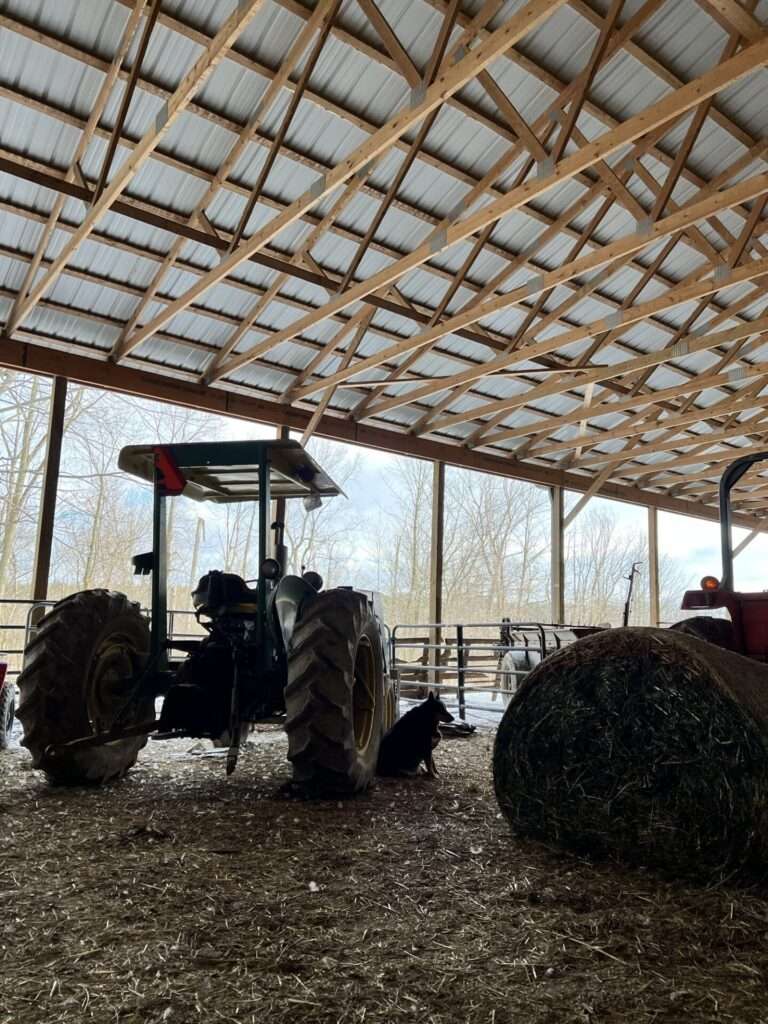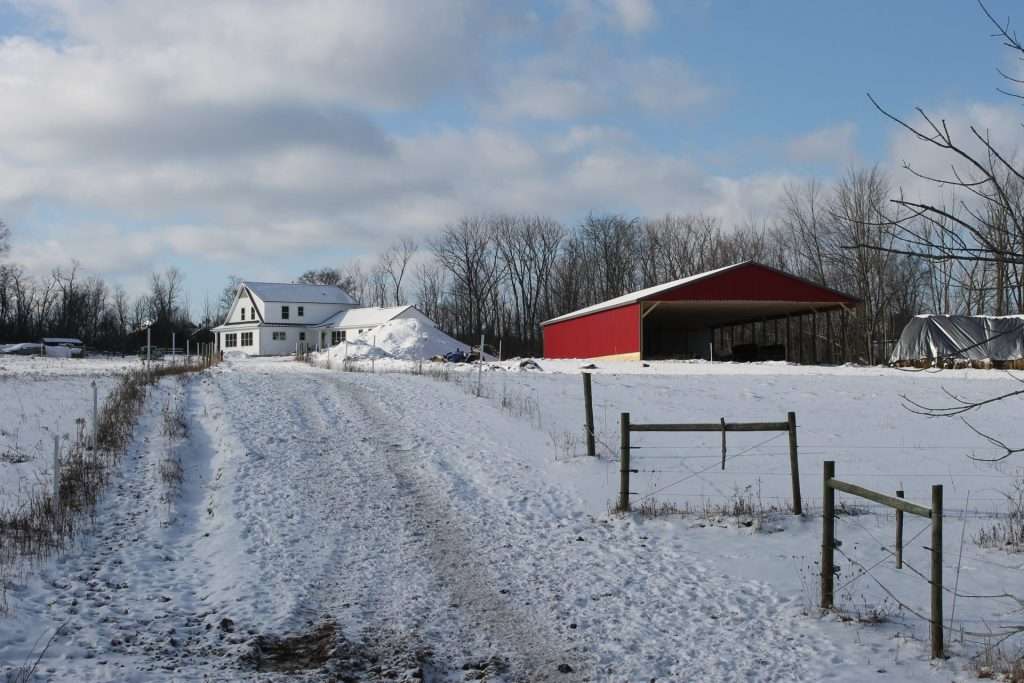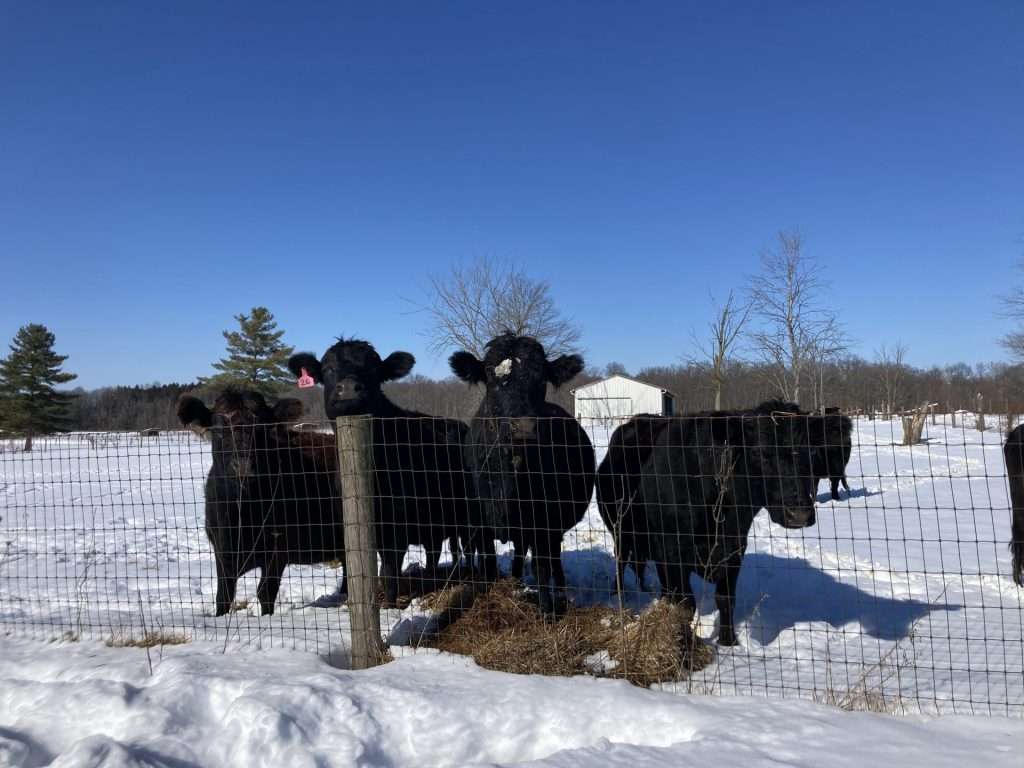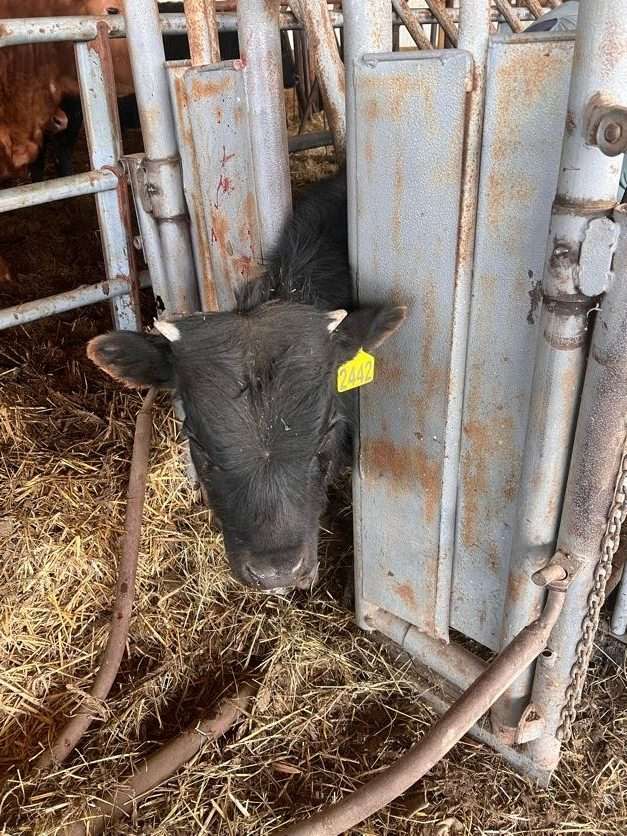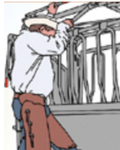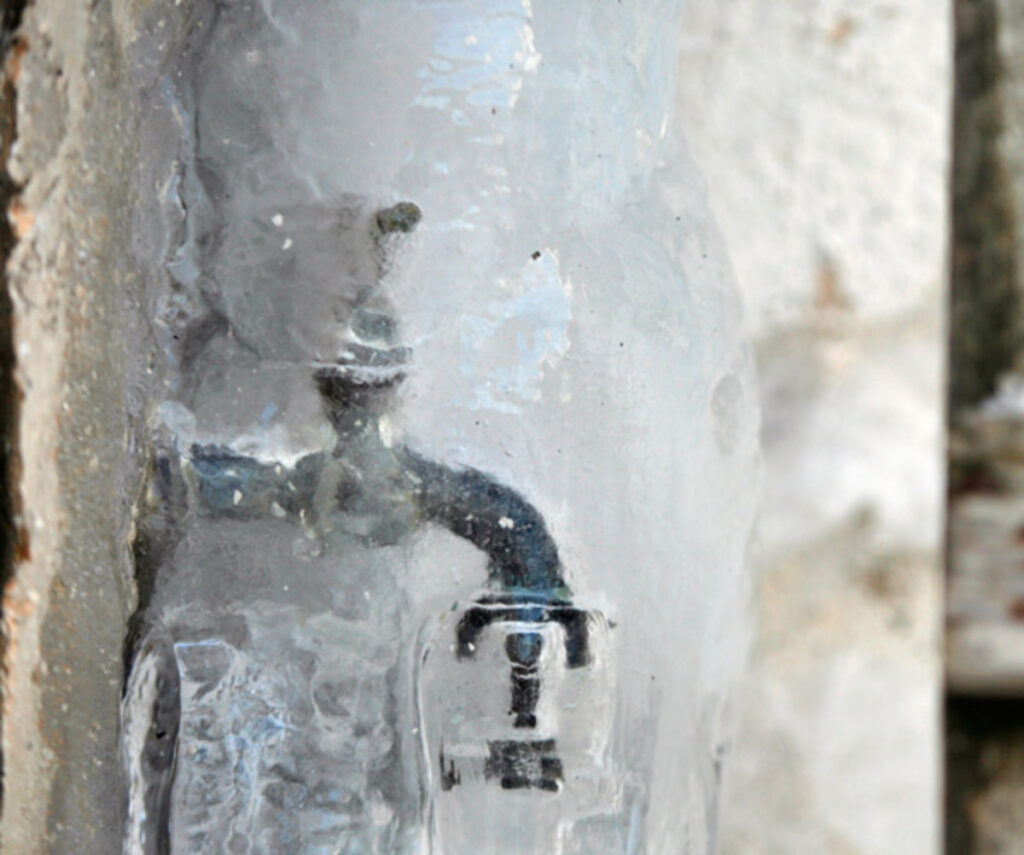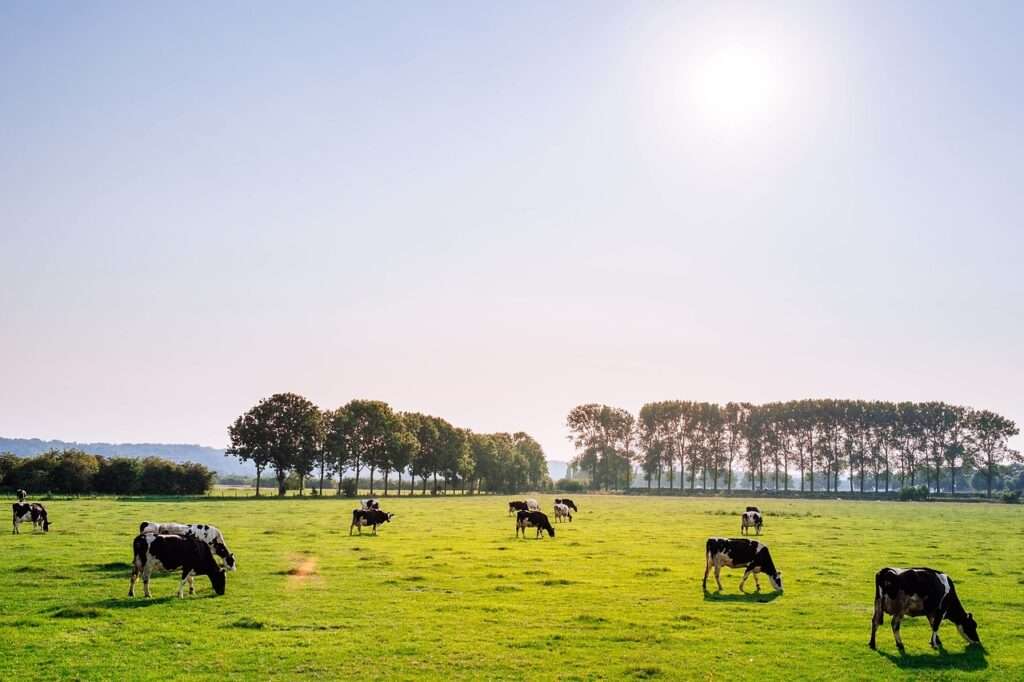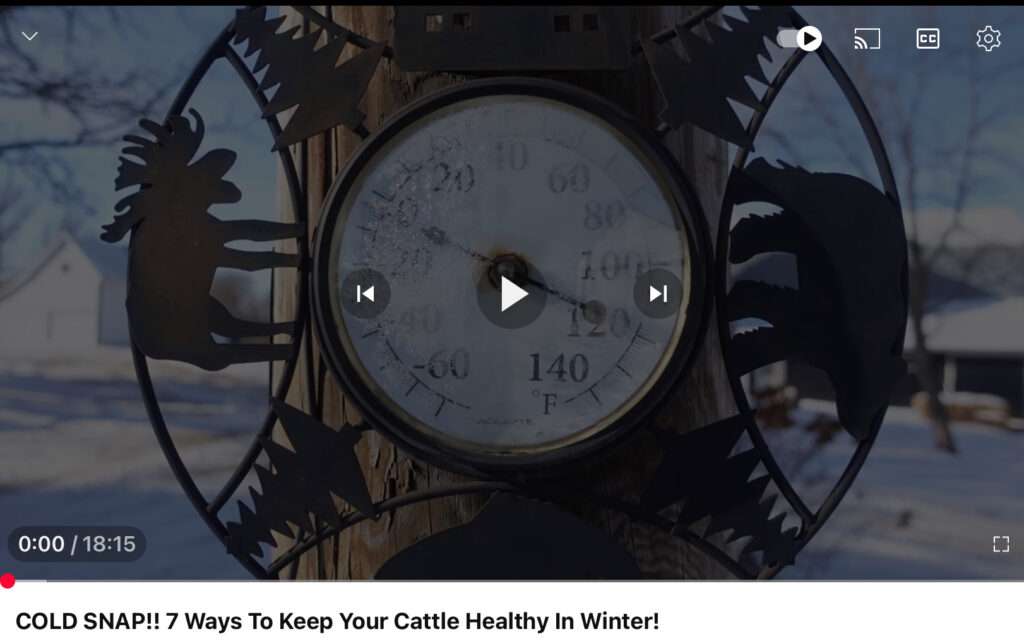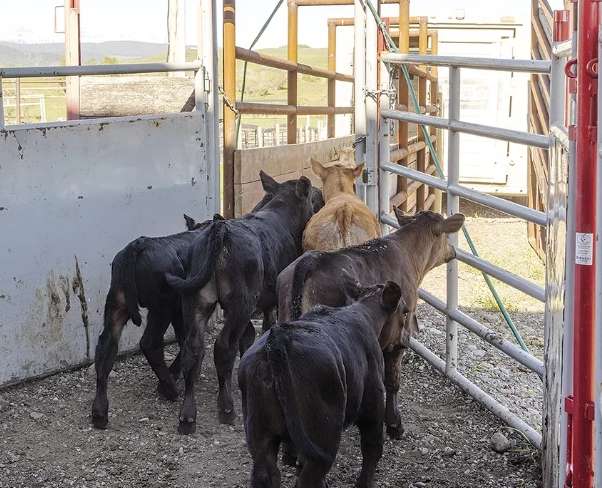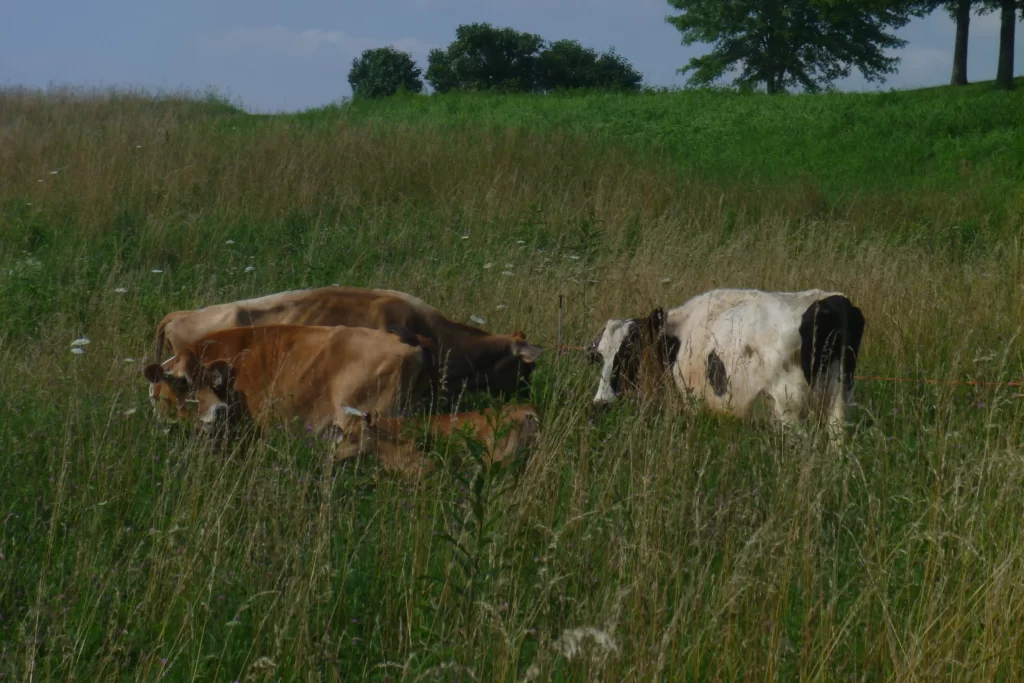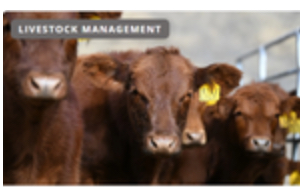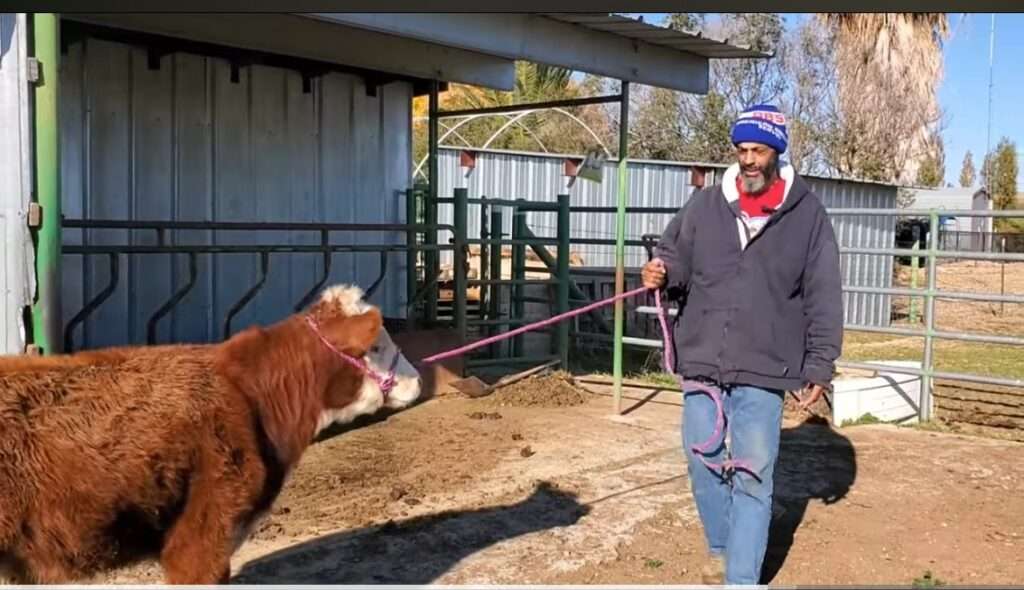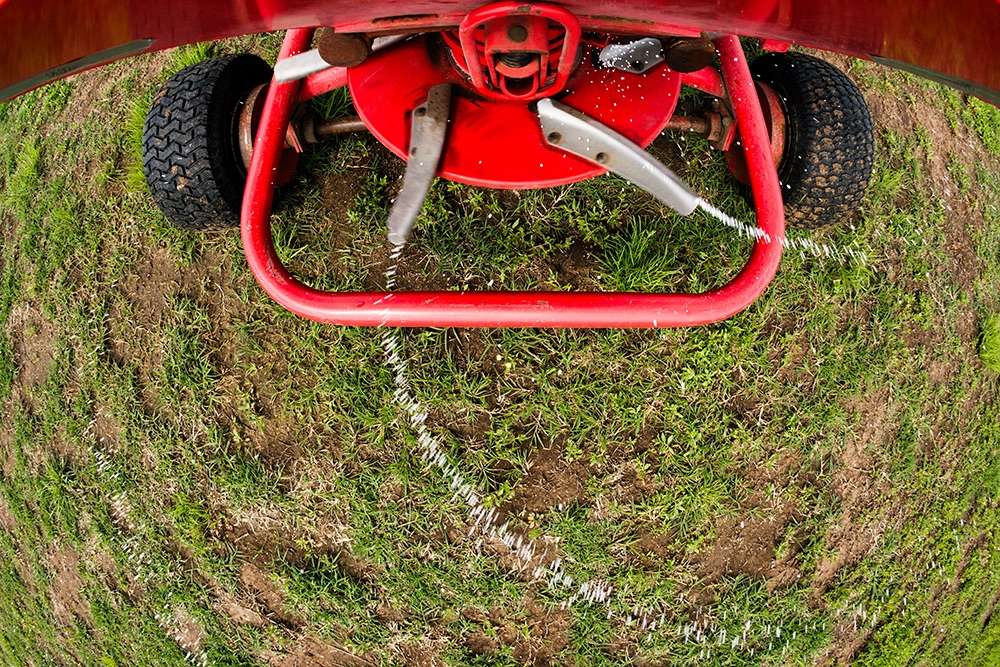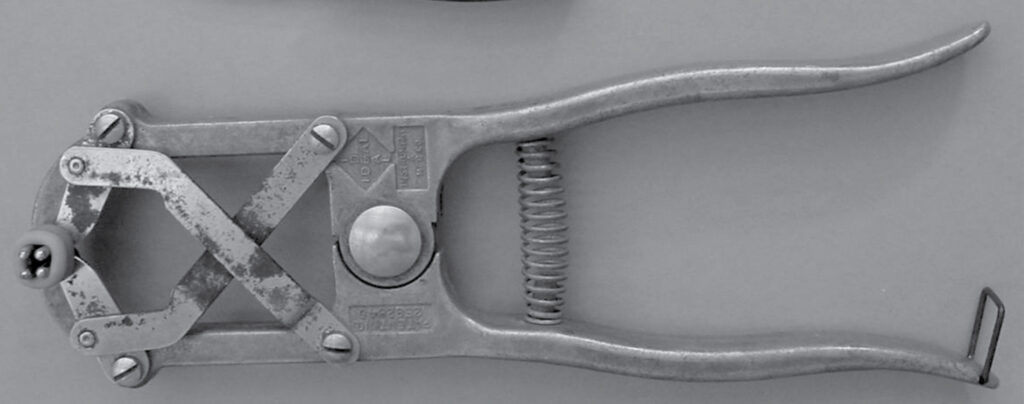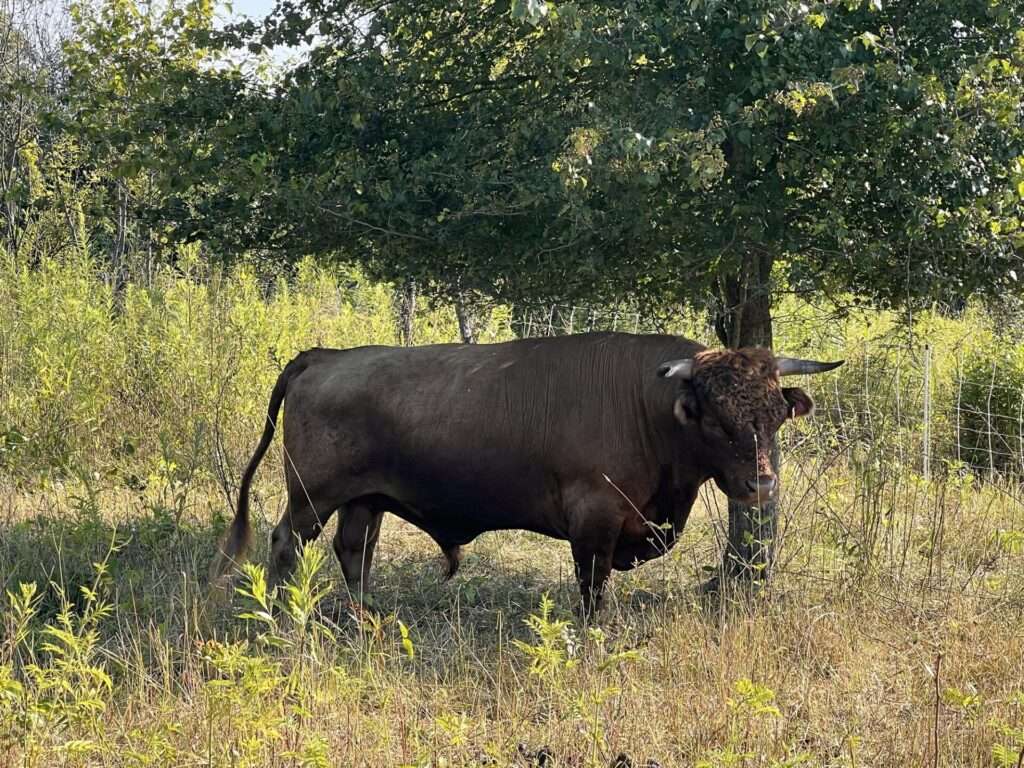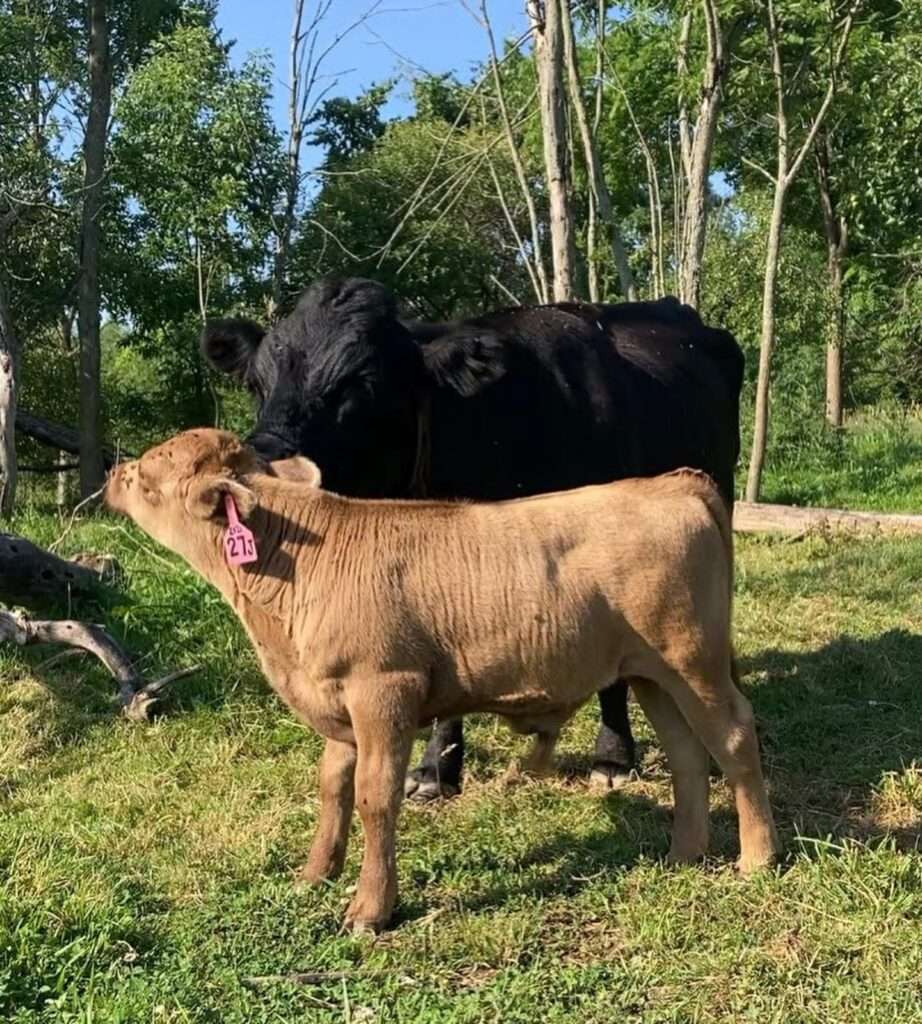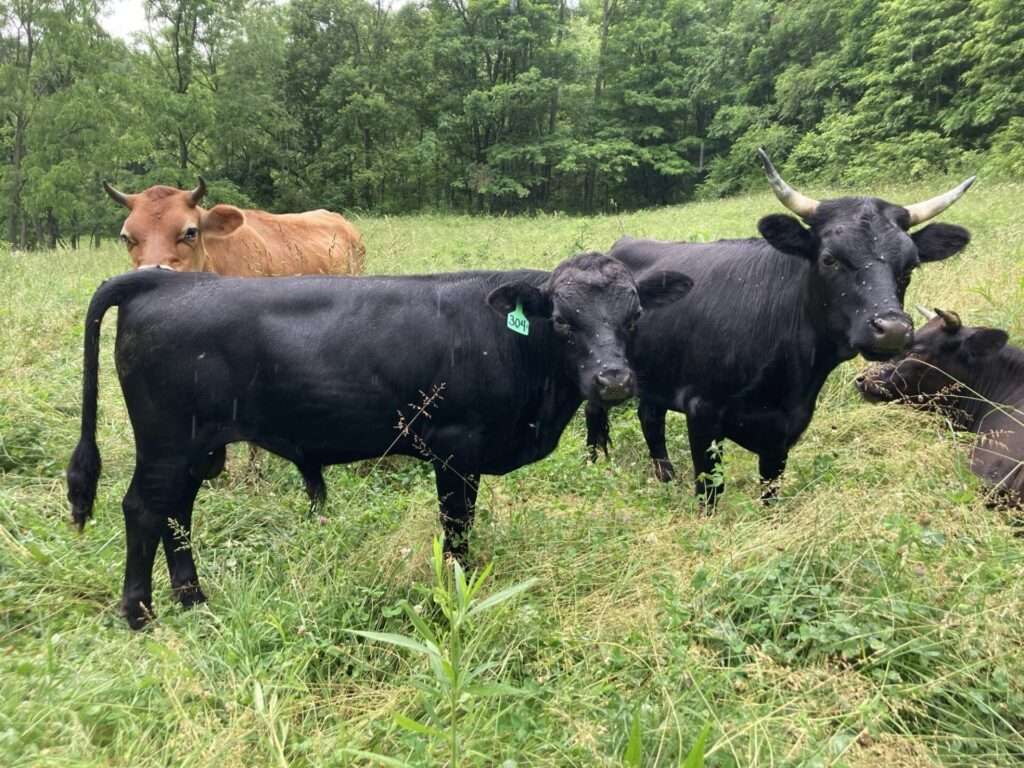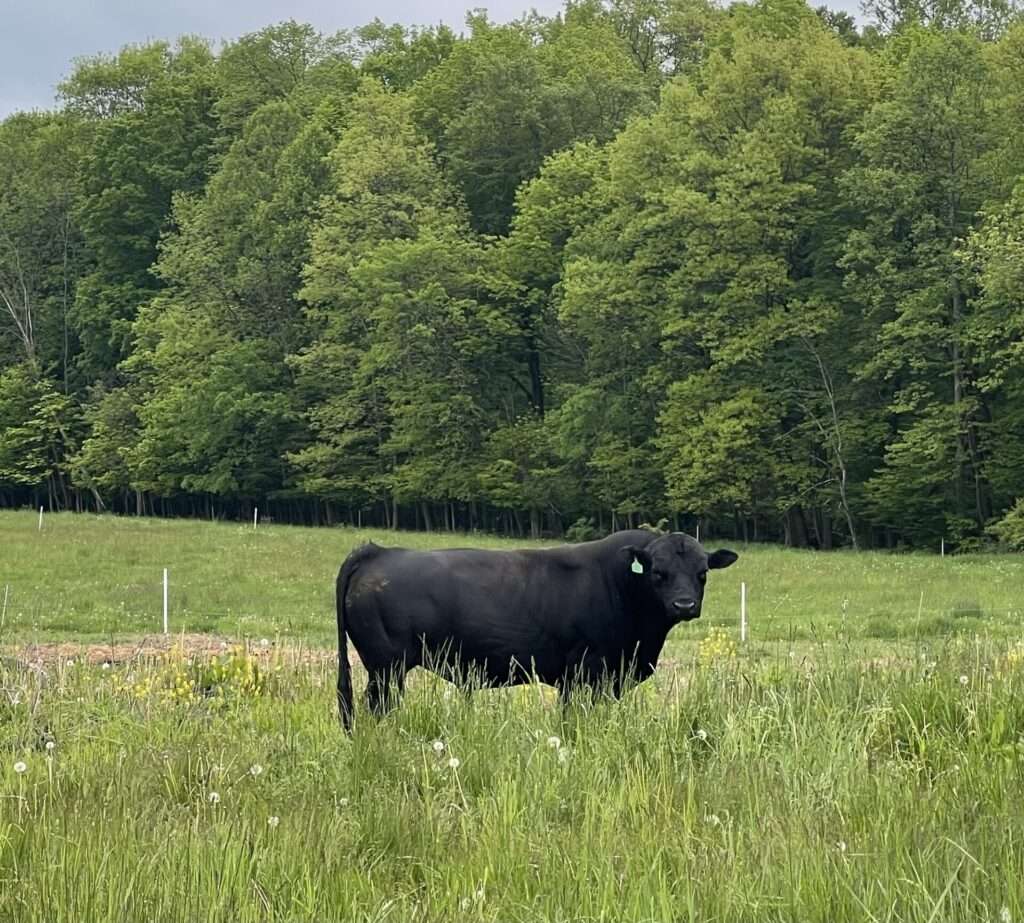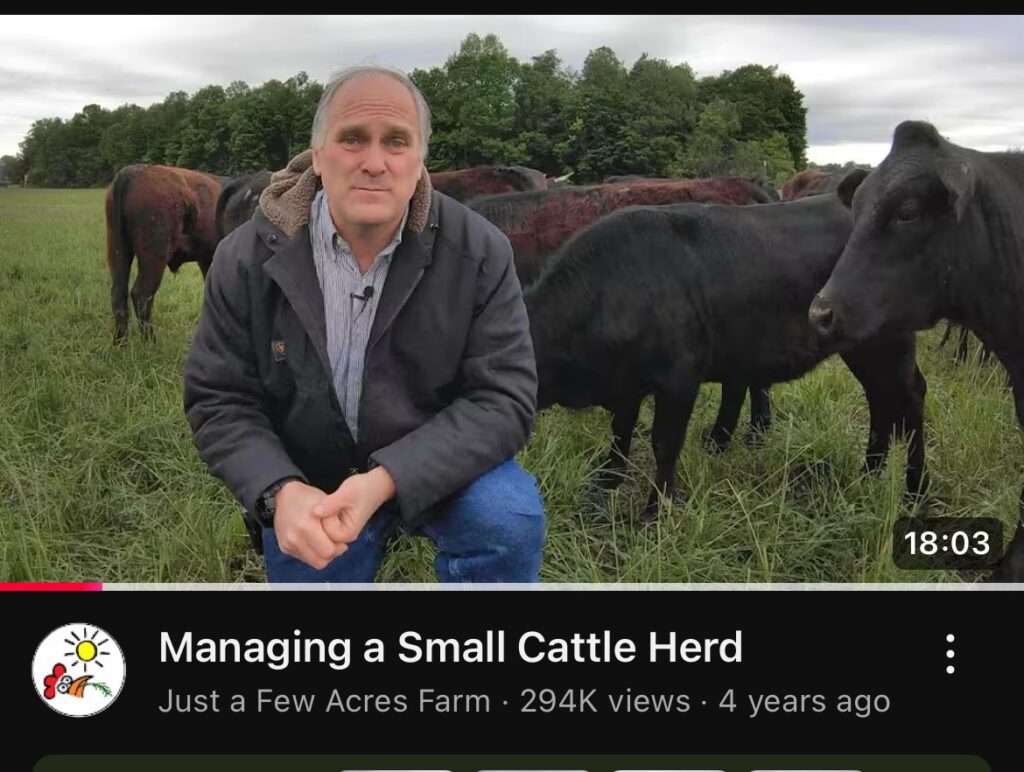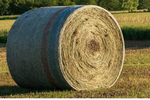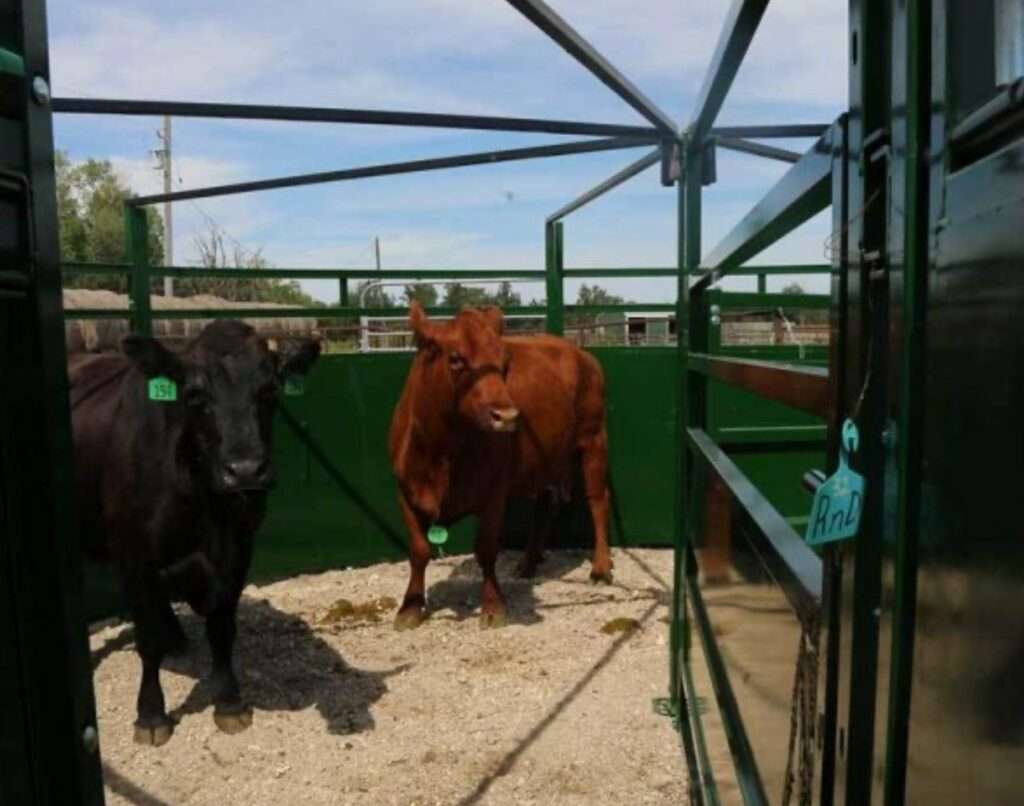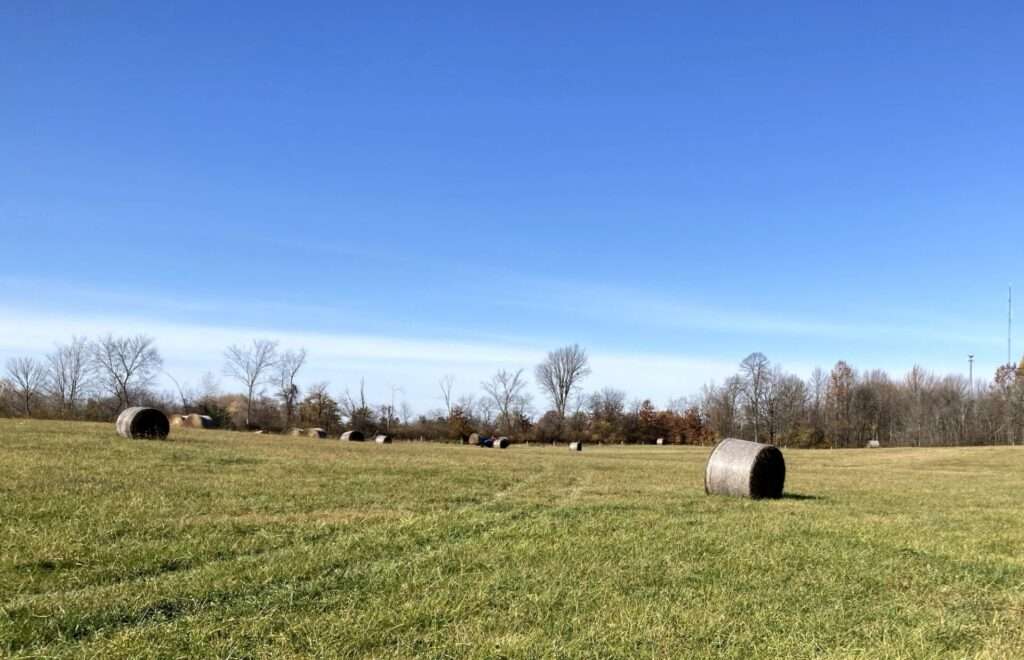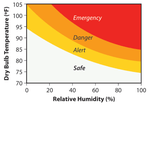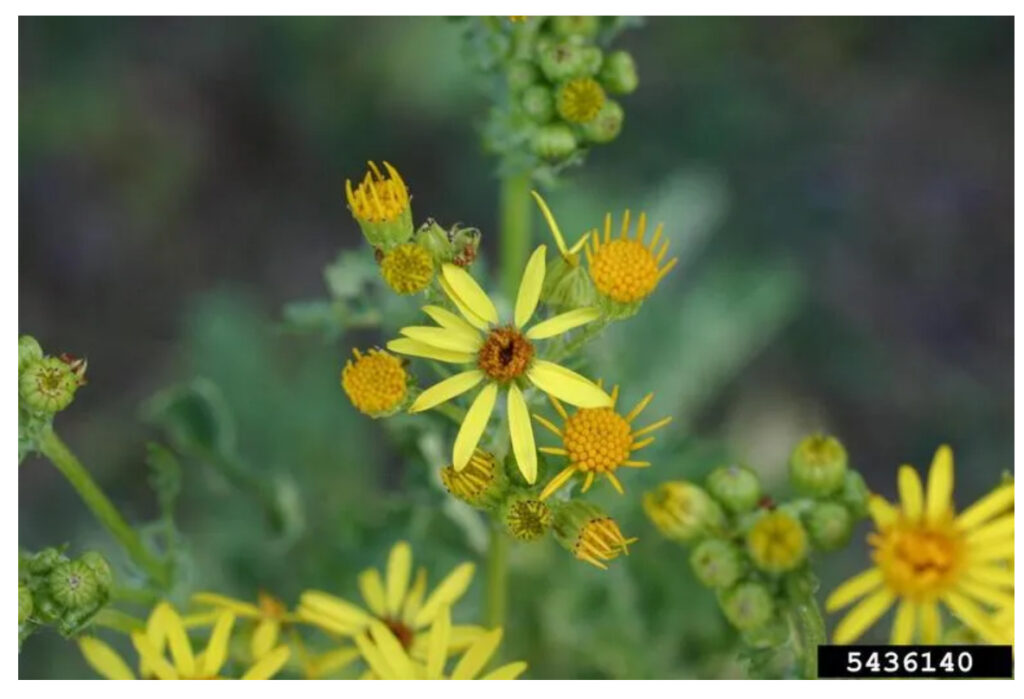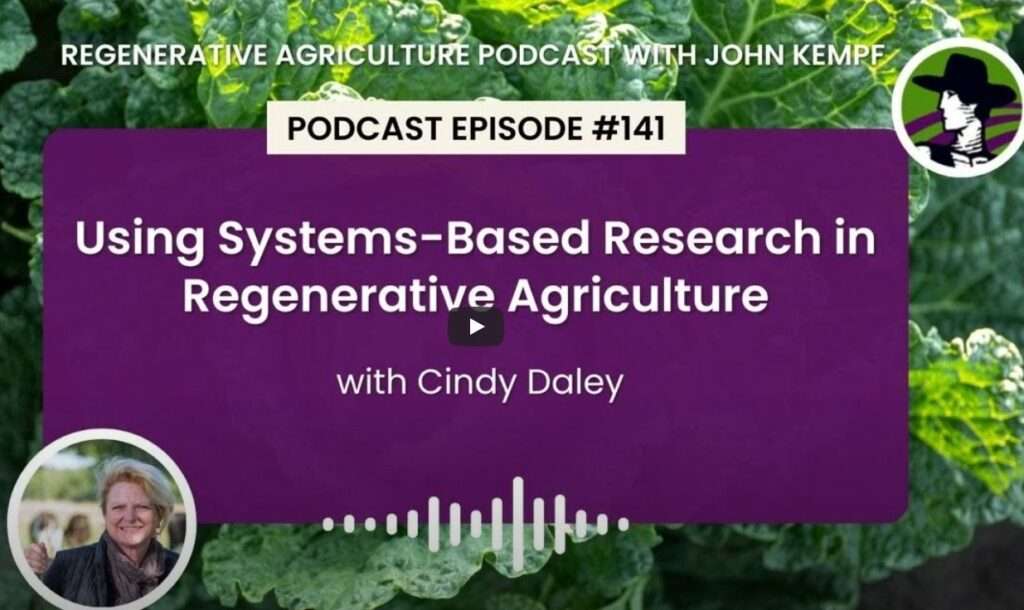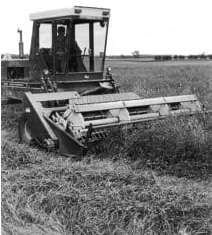Honoring the Matriarchs of the Pasture
Seasoned, Sensible, and Still Running the Herd
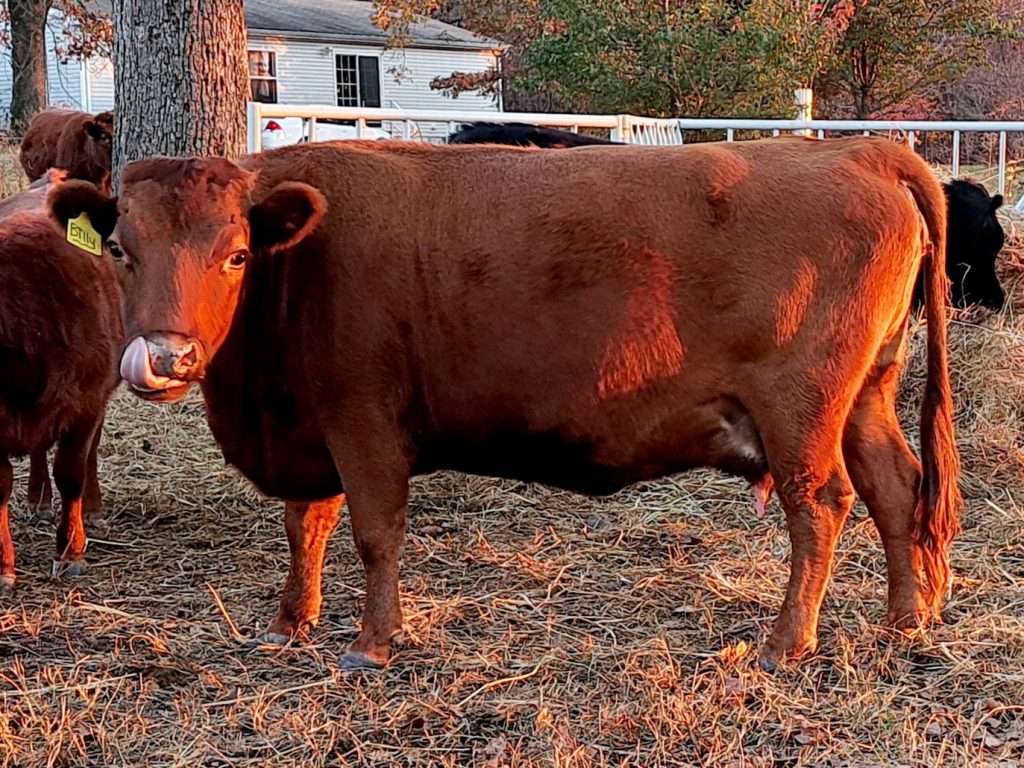
There is a certain peace that settles over a pasture when mature cows are part of the herd. It’s not loud or dramatic, but it is unmistakable. These cows move with confidence, graze without hurry, and respond to the rhythms of the day as if they were written into them long ago. They offer calmness not only to themselves, but to everyone around them.
Mature cows are tried and true. They have lived long enough to show you exactly who they are. Their structure is finished, their udders are known qualities, and their temperaments are no longer a mystery. A mature cow that has already proven herself through her progeny is not a gamble; she is a shortcut. She brings calmness and steadiness into the pasture. She knows the routine of motherhood. They know the value of good grass and warm sun, of shade on a hot afternoon and shelter when the weather turns. There is no wondering what they might become—only an appreciation for what they already are. In a world full of uncertainty, there is deep comfort in that kind of reliability.
Heifer calves, for all their promise, come with risk. They are still growing, still changing, still figuring out how to be cows. An udder has yet to develop. You don’t know how easily they’ll calve, how attentive they’ll be as mothers, or how they’ll handle the pressures of the herd. Sometimes they surprise you in the best way. Other times, they teach you hard lessons. That uncertainty is simply part of the heifer game.
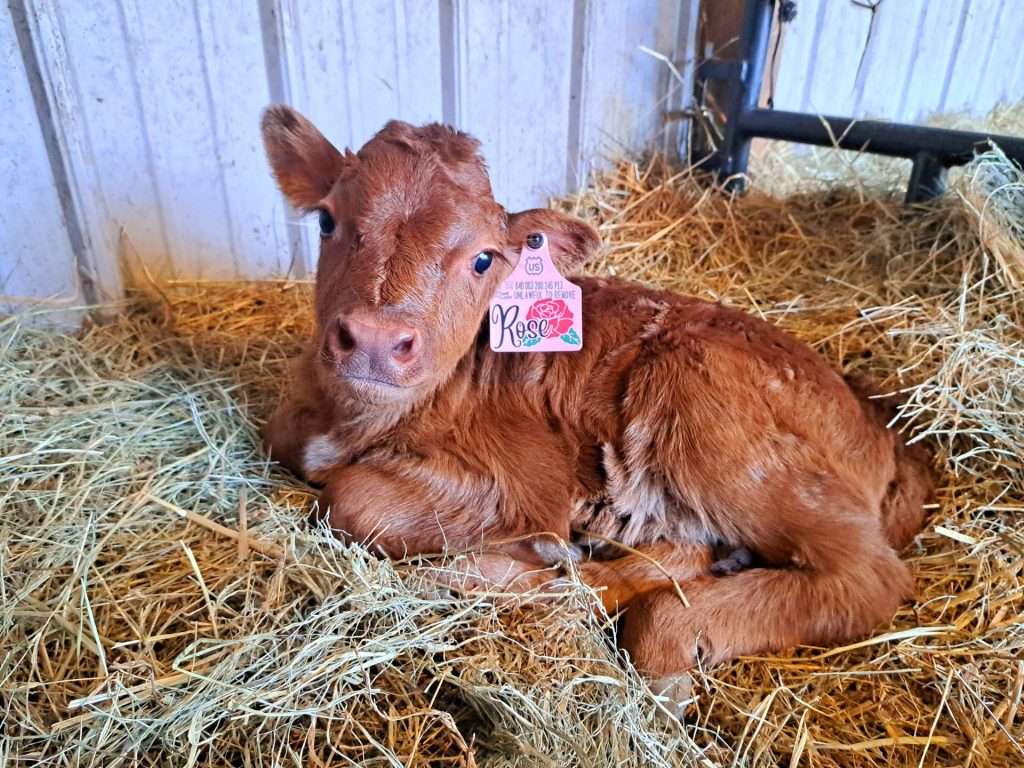
A mature cow removes much of that guesswork. She has calved before. You know whether she raises a strong, healthy calf. You know if she breeds back reliably. You know if she stands quietly or brings unnecessary drama into the herd. What you see is what you get, and that clarity is invaluable. Especially for breeders who are building toward a specific vision.
Beyond their predictability, mature cows bring something harder to quantify but just as important: steadiness. Younger animals often take their cues from older cows, and when experienced matrons are present, the whole herd seems to breathe easier. They lead calmly to water, stand patiently at feeding time, and respond to change without panic. Their quiet confidence sets the tone.
There is also wisdom in choosing animals that have already proven their longevity. A cow that is still productive at ten, twelve, or fifteen years old is telling you a story—one of soundness, fertility, and adaptability. Those traits don’t happen by accident. They are built over time, shaped by good genetics and good management, and they are worth preserving.
For anyone focused on quality rather than quantity, mature cows are a powerful investment. They allow you to move forward with intention instead of hope. They let you build a herd based on evidence, not assumptions. And they reward you with consistency, both in temperament and in production.
In the end, mature cows remind us that not everything valuable is new. Sometimes the greatest strength comes from experience, patience, and having weathered a few seasons. When you welcome these cows into your herd, you’re not just buying an animal—you’re choosing calm, confidence, and the assurance of knowing exactly what you’re getting. When money and space allow for another addition to your farm, watch for herd dispersals. And when you find them, cherish those old ladies. There is a special satisfaction in knowing you made a good choice investing in a cow who has quietly proven herself over a lifetime.
About the Author:
Kimberly Jepsen is the heart behind MooShine Ridge in Vinita, Oklahoma, where she and her husband, Kevin, have been raising dual-purpose Dexter cows since 2015. Their little farm store is a labor of love, offering Dexter beef, raw milk, and artisan cheeses made from their own cows. Kimberly has a deep passion for the Dexter breed and loves nothing more than sharing what she’s learned over the years—whether it’s guiding fellow farmers, helping newcomers discover the joys of small-scale farming, or simply introducing people to the rich, creamy flavors of her handcrafted cheeses. For her, farming isn’t just a business—it’s a way to nurture animals, the land, and the community she cares about. https://mooshineridge.com/https://mooshineridge.com/
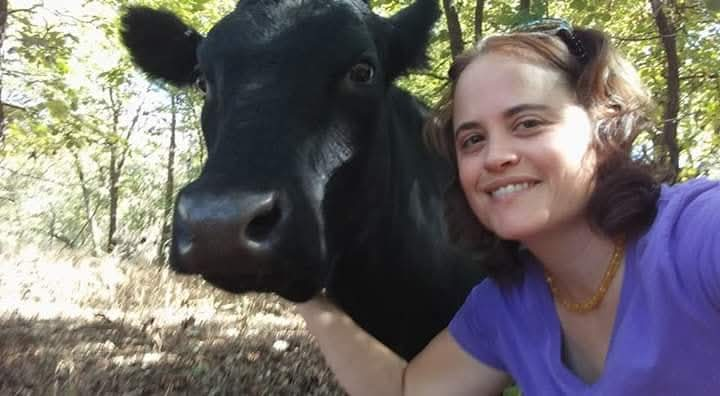
Honoring the Matriarchs of the Pasture Read More »
Farm Management
